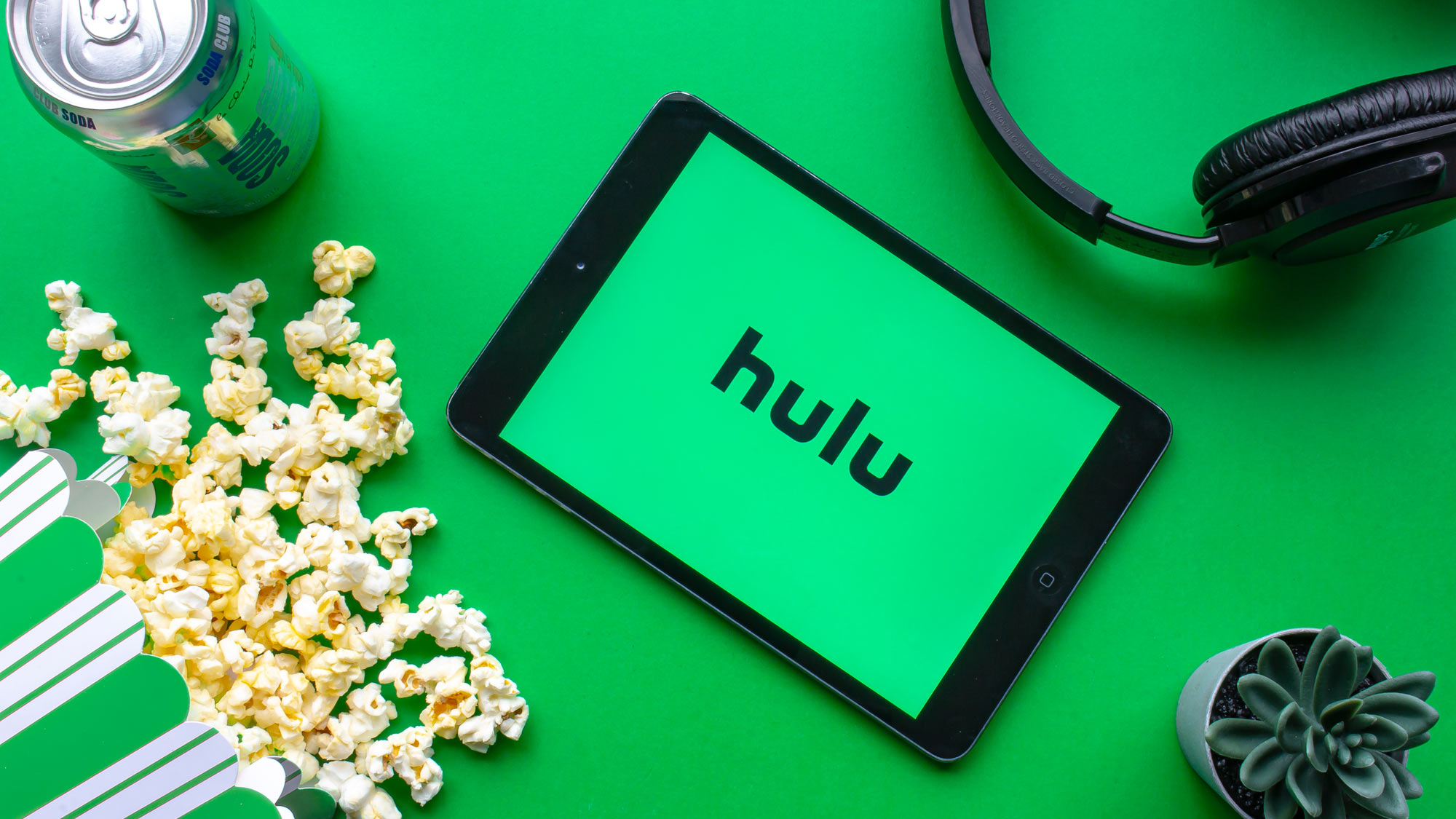Foldable iPhone could beat Microsoft Surface Duo with this killer feature
Foldable iPhone and iPad may be like Surface Duo and Neo

Update: The latest patents for Apple indicate a foldable iPhone — or iPad — is in the works.
Apple is considering following Microsoft‘s hardware design lead for its next-generation foldable iPhone and iPad.
At least if you take this new patent as a real possibility for a final product. Looking at the many problems that Samsung, Motorola, Huawei, and other foldable phone manufacturers are having, it actually may be Apple’s only path for a foldable device.
- Every foldable phone we know about
- The best phones you can buy now
- Just in: iPhone 9 delayed indefinitely
Spotted by 9to5mac, the patent registered with the United States Patent and Trademark Office describes a similar system to the one used by Microsoft on the Surface Duo and Surface Neo.
The description, however, takes Microsoft’s idea of using two separate displays a step further, erasing the need for hinges and replacing them with a magnetic latching system.
In fact, the patent talks about multiple electronic devices that “may be used together in a system.“ Each device would be a screen, like the iPhone or the iPad. And each screen will have edge sensors that enable it to detect other screens coming close to them. “In response to detection of adjacency between the edges of the first and second devices,“ the patent says, “the devices may transition from an independent operating mode in which each device operates separately to a joint operating mode in which resources of the devices are shared.“
In other words: imagine having an iPhone that can be automatically expanded by adding a secondary screen that attaches magnetically to it. The patent describes that you would be able to ”hold devices together in a variety of orientations” using magnetic components. Apple has a lot of experience using the latter, both on its iPad covers but also on older MacBooks that used magnetic latches to close screens or connect charging cables.
Sign up to get the BEST of Tom's Guide direct to your inbox.
Get instant access to breaking news, the hottest reviews, great deals and helpful tips.
Expanded functionality
The Apple patent — which joins a long list of foldable device patents — goes on to describe what will happen when two screens get together and start talking to each other: “in the joint operating mode, images may extend across displays in the devices, speakers in the devices may be used to play different channels of an audio track, cameras and other sensors may be used in cooperation with each other, and other resources may be shared.”
In other words, the devices are aware of each other’s capabilities and coordinate to work together to give a seamless experience across a larger surface area.
The entire thing sounds worthy of Star Trek.
Right now, however, the device will suffer from the same theoretical drawback as the Surface Neo and Surface Duo: the display areas will be separated by a bezel. It’s yet to be seen if this bezel would be too distracting or people won’t care about it at all. Certainly, devices like these are not made to see videos across the two screens.
But it seems that these type of foldable devices would be a lot more durable and, well, flexible in terms of functionality than its foldable display counterparts. And, in a near future, we will see zero-bezel displays using miniaturized microLED technology. Maybe that will be the time for Apple to jump into this market.
Jesus Diaz founded the new Sploid for Gawker Media after seven years working at Gizmodo, where he helmed the lost-in-a-bar iPhone 4 story and wrote old angry man rants, among other things. He's a creative director, screenwriter, and producer at The Magic Sauce, and currently writes for Fast Company and Tom's Guide.

